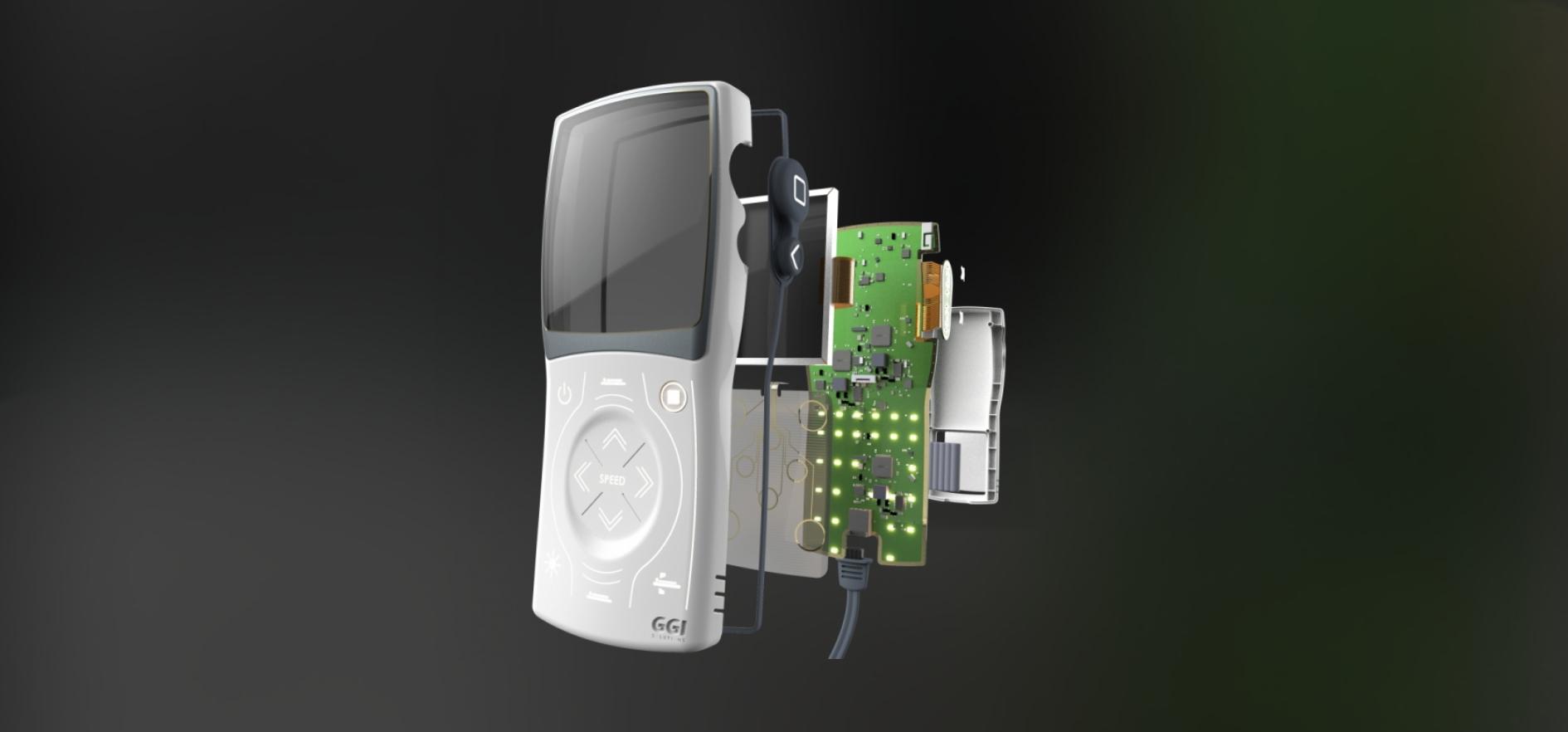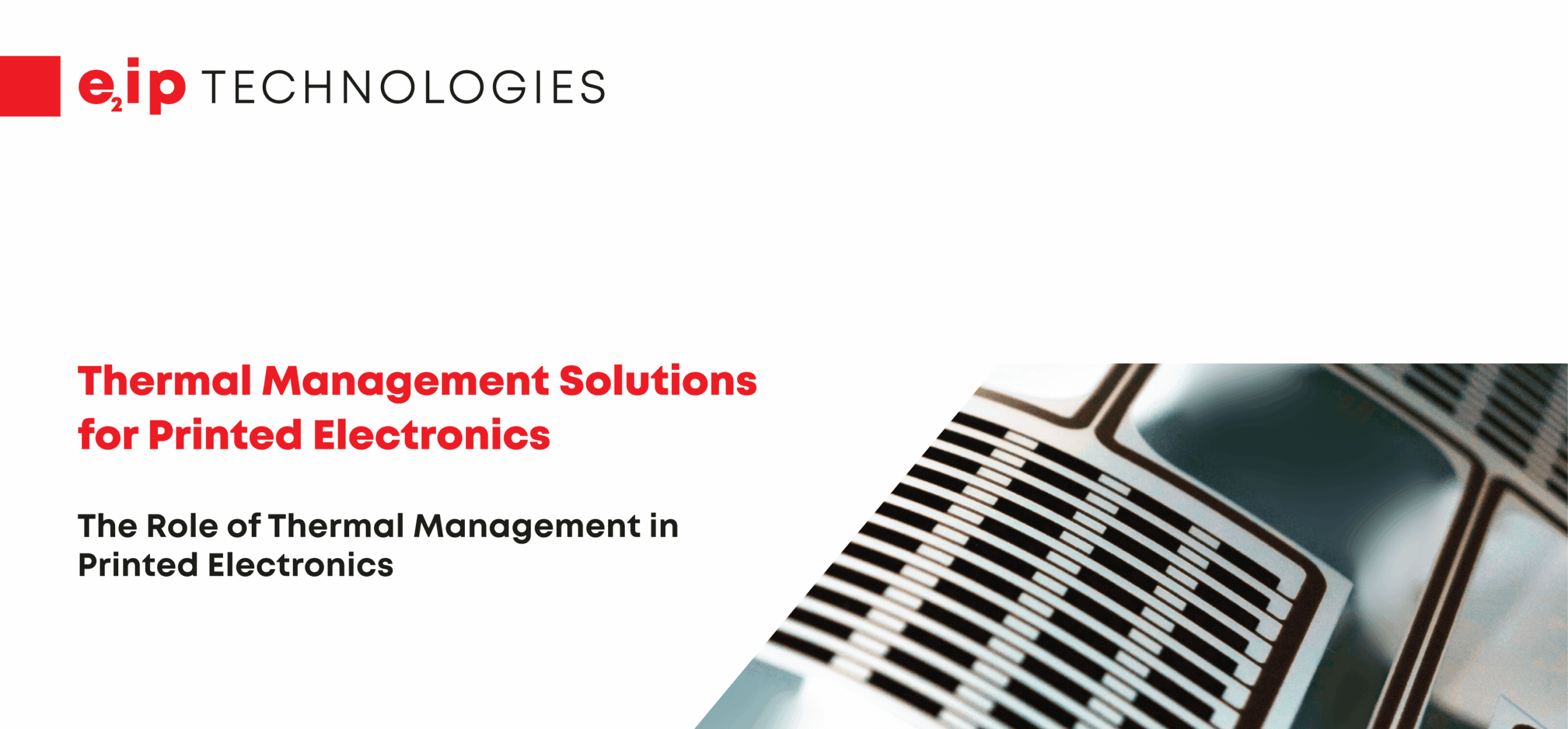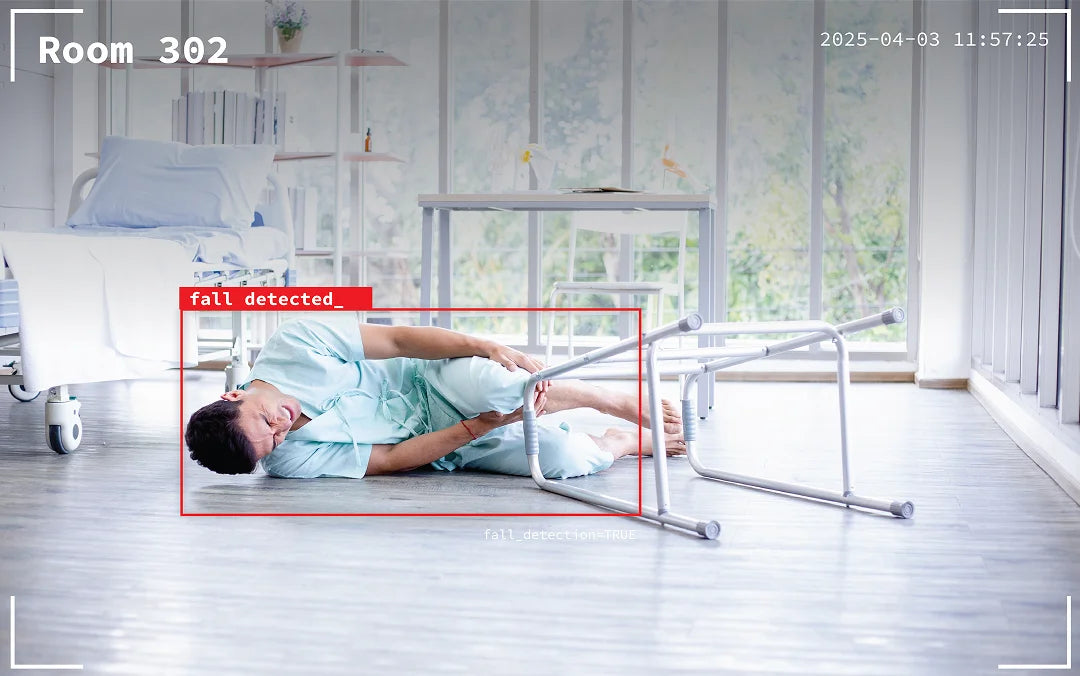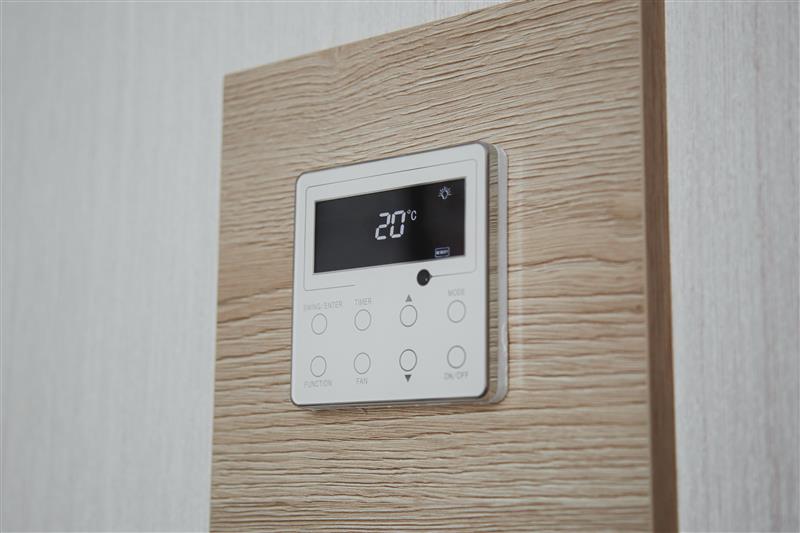From medical devices to factory automation, there are many embedded systems all around us that have changed how we interact with the world. Advanced embedded control, communications and human machine interface (HMI) systems are responsible for delivering responsive and elegant user experiences across a wide range of industries.
In this blog post, we will explore embedded systems in modern technology and the features and functionality required of touchscreen HMI modules to create the next generation of devices, with a look towards the design and engineering challenges that have held back many industry stakeholders.
What are Embedded Systems?
Embedded systems perform specific tasks with larger machines and devices. There are many types of embedded systems, and they can be found everywhere from industrial machines to medical equipment to aerospace components.
Industrial embedded systems often have an embedded operating system and embedded software to perform specific monitoring and control functions. Similarly, modern medical equipment contains a wide variety of embedded systems for sensors and control mechanisms.
A basic embedded system is a computing system with its own hardware and software that can interact with various input and output devices. Their hardware and software complexities can vary significantly from application to application, ranging from having no user interface (UI) – for example, on devices designed to perform a single task within a mobile embedded system – to complex graphical user interfaces, such as the smart surfaces found in modern aircraft interior controls.
Embedded System Applications
Embedded systems are required in a wide range of industries, including the food & beverage, energy, medical, manufacturing, instrumentation and white goods sectors. Each of these industries has its own unique needs, but all of them require embedded systems that are reliable, efficient and easy to use.
The food & beverage industry requires embedded systems that can withstand harsh environments and provide accurate measurements. Embedded systems in the energy sector must be able to handle large amounts of data and be highly energy efficient. Medical embedded systems need to be small, lightweight and easy to sterilize. And manufacturing embedded systems must be rugged and able to withstand the rigors of the production line.
No matter the industry, embedded systems must be designed with the user, as much as the application, in mind. The best embedded systems are those that are reliable, easy to use and provide a great user experience.
Embedded Systems in Healthcare
Healthcare devices and equipment, such as diagnostic equipment and imaging systems, rely on embedded control systems. Examples of HMIs and embedded systems working in conjunction include digital flow sensors, magnetic resonance imaging machines, patient monitoring systems, and more medical technology.
Furthermore, the growth of the Internet of Things (IoT) presents new opportunities for embedded operating systems in healthcare. For example, future wearables with real-time operating system capabilities may track health data, such as vital signs, and transmit it to healthcare service providers for instantaneous monitoring and diagnosis.
Embedded Systems & Consumer Product Innovation
The world of consumer products has always looked for ways to deliver increased functionality, however, adapting HMI modules to allow for the integration of more advanced assemblies to industry needs and demands has proven to be quite challenging. In order to meet the needs of next-generation products, embedded system design must include elegant human machine interfaces and effective communication technology, especially for the digital data needs of networked embedded systems, and intuitive controls.
Human Machine Interfaces
Human machine interfaces (HMIs) are essential for allowing users to interact with embedded systems. HMIs can take many different forms, including buttons, touchscreens, keyboards and voice-activated controls.
The best HMIs are those that are easy to use and provide a great user experience. When designing an HMI, there are a few key considerations that must be taken into account. First, the HMI must be appropriate for the specific application. For example, a button may be fine for a simple function, but more complex applications call for smarter HMI touch surfaces that are scalable, reusable, connected and secure. Also, the HMI must be durable and able to meet necessary certification standards.
Integrated HMI Modules

As the world becomes increasingly connected, the need for advanced HMI designs is also on the rise. These add-on HMI modules allow for the integration of more complex features into your HMI assemblies, such as LCD interface technology, data storage and processing, Wi-Fi, Bluetooth, USB connectivity and more. This way, you can meet the growing connectivity demands of all modern interfaces and smart surfaces.
These modules are fully integrated into existing systems, allowing for deep and complete embedding into the Original Equipment Manufacturer’s (OEM) product. With these modules at your disposal, you’ll be well-equipped to create the next generation of truly connected devices.
For example, the a typical touch screen stack-up includes:
-
Front Bezel
-
Sealing Gasket
-
Resistive Touch Panel
-
Mounting Tape
-
LCD Panel and Chassis
-
Touch Screen Controller
-
Metal Shield
-
Rear Housing Display
Communication Technology
One of the most important design aspects of any embedded system is its ability to communicate with other computing systems. Communication can take many different forms, including wired, wireless, Bluetooth and WiFi. In order for an embedded system to function properly, it must be designed to communicate with other systems in a variety of ways.
Whether a small scale embedded system with limited communication needs, or medium-scale embedded systems with more comprehensive communication requirements, effective communication should be a cornerstone of embedded system design.
Intuitive Controls
Embedded systems are everywhere, from the thermostat in your home to the navigation system in your car. They are designed to control the environment around them in order to function properly. Controls can take many different forms, including sensors, actuators and embedded controllers.
The best embedded systems are those that are easy to use and provide a great user experience. In order to achieve this, developers must have a strong understanding of how users interact with their systems. They must also be able to design controls that are simple and intuitive to use. When done correctly, embedded systems can greatly improve the quality of our lives by changing the way we interact with our environment.
Engineering and Design Challenges
When designing sophisticated embedded systems, engineers need to consider scalability, reusability, security, and connectivity as often embedded systems must communicate with other systems and output devices.
Creating a system that is easy to use and provides a great user experience is one of the biggest challenges when designing embedded systems. In order to create a system that meets this criteria, engineers must clearly understand how the operator will interact with the system’s human machine interface (HMI).
To create a reliable system, engineers must develop technological specifications that meet exacting electrical, mechanical, and environmental certifications imposed by both governments and industries.
Embedded systems are changing the way we interact with our environment. These systems are becoming more sophisticated, yet easier to use. As embedded systems continue to evolve, engineers will face new challenges in designing these systems. But, with careful planning and innovation, these challenges can be overcome.
The Future of Embedded Devices & Systems
Embedded control systems provide numerous benefits, including cost-effectiveness, improved safety and convenience with wide-ranging applications for operational improvements in many sectors, including consumer electronics, automotive, healthcare, communications, defense, and industrial technology.
At e2ip technologies, our team believes that customized embedded systems represent an opportunity to greatly improve the utility and user experience offered by many different types of technology.
Our designers and engineers are familiar with the many environments that would benefit from additional freeform control units, thanks to extensive experience in the aerospace, medical, defense and industrial technology sectors.
Contact us today to learn why we are the ideal partner to produce your custom assembly.



